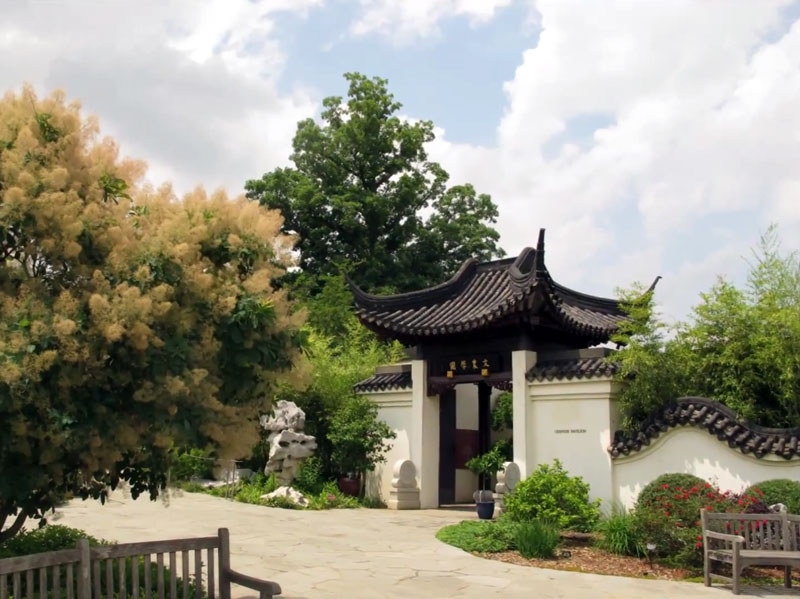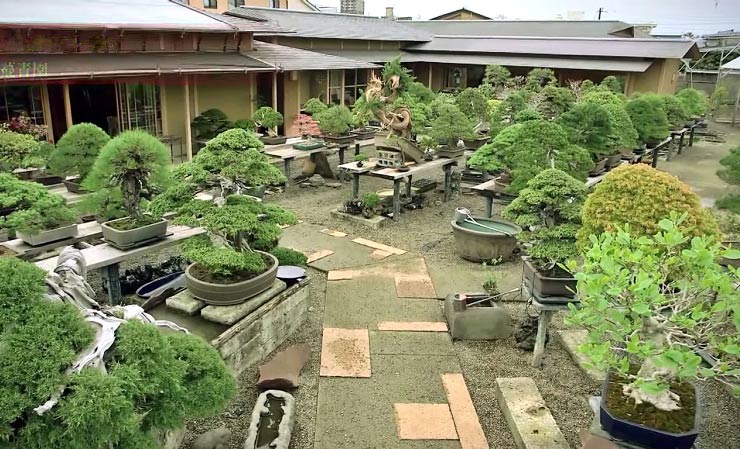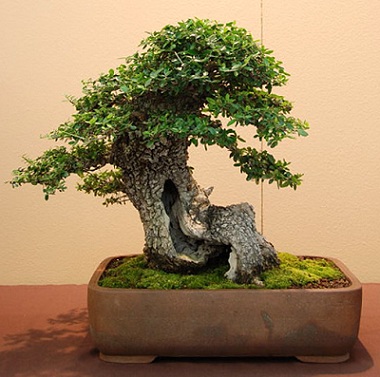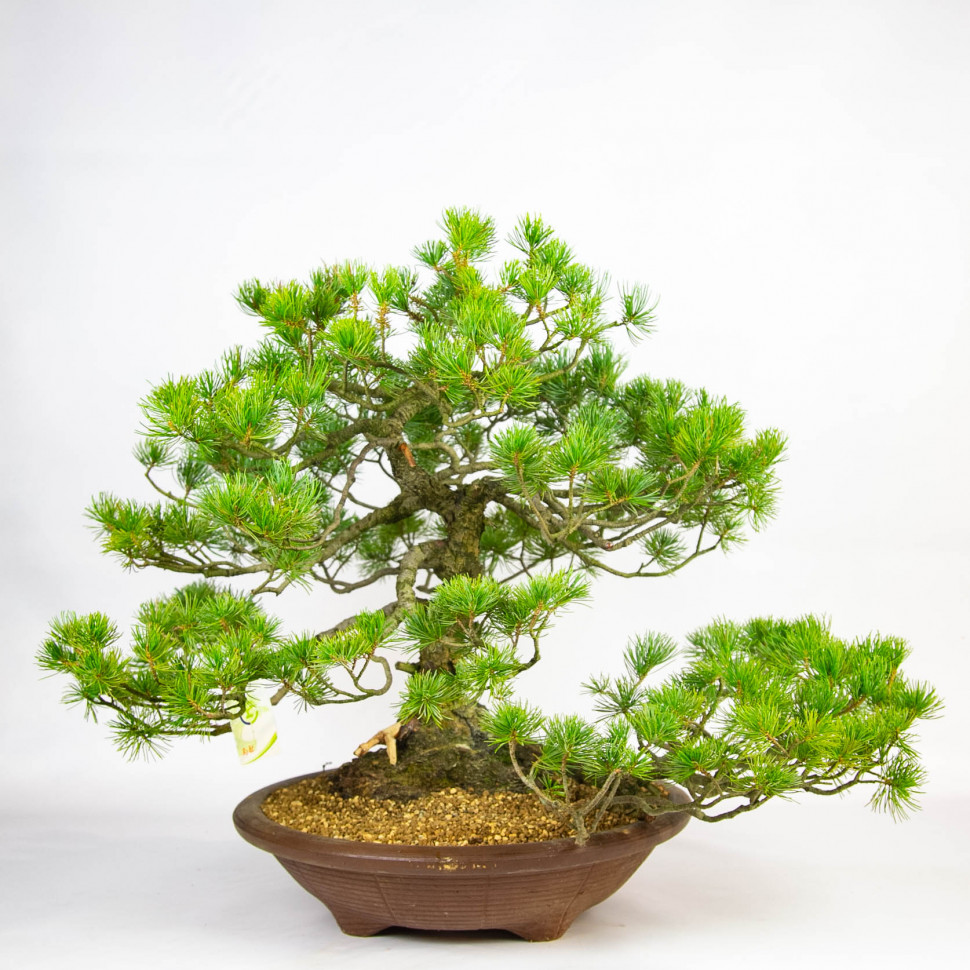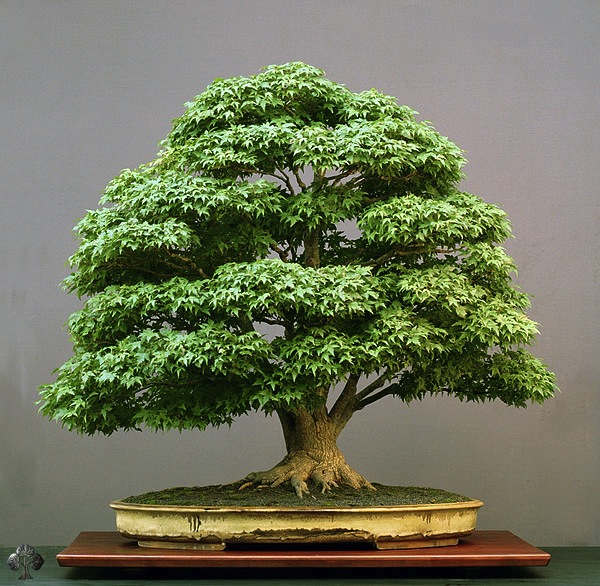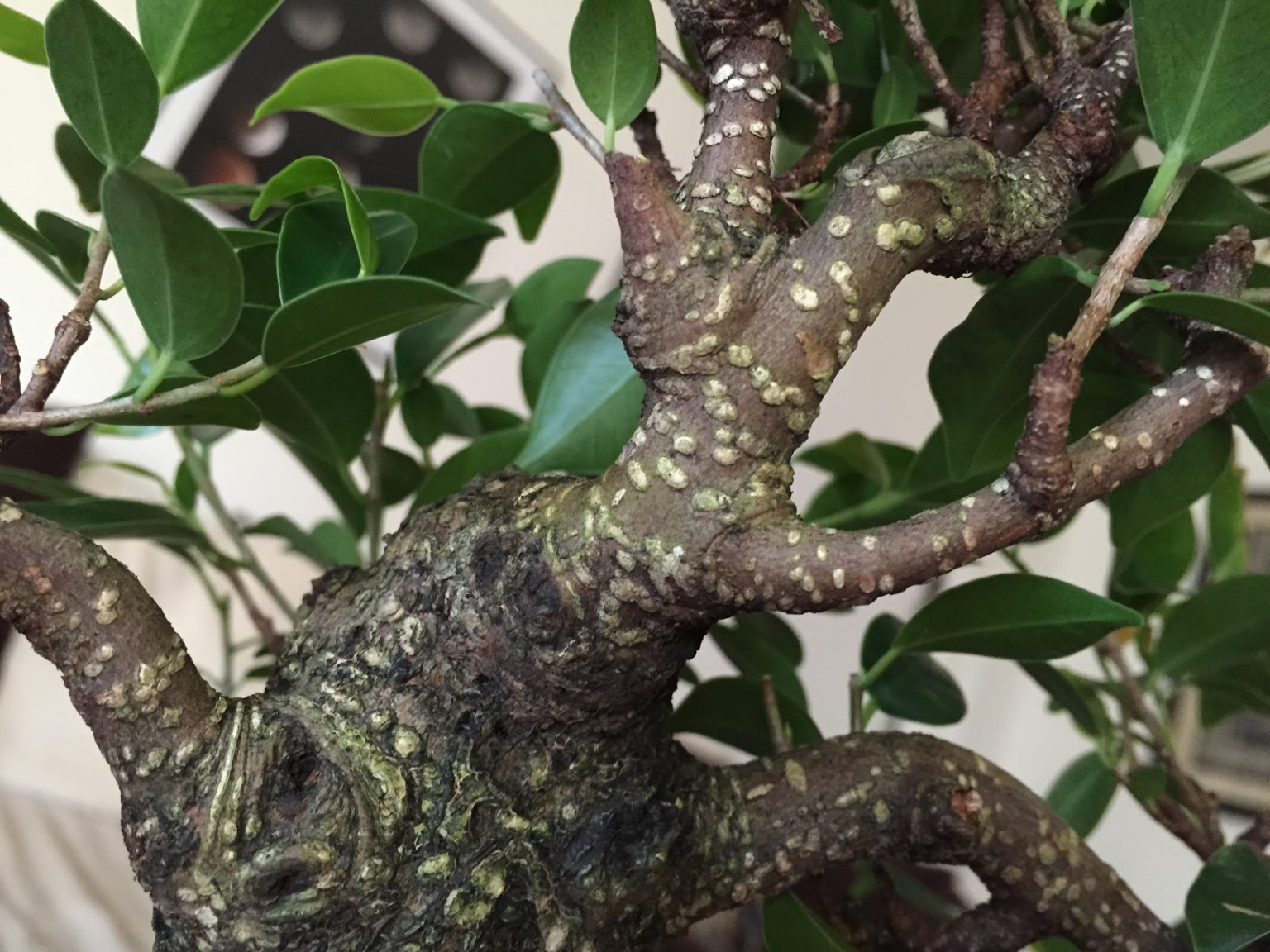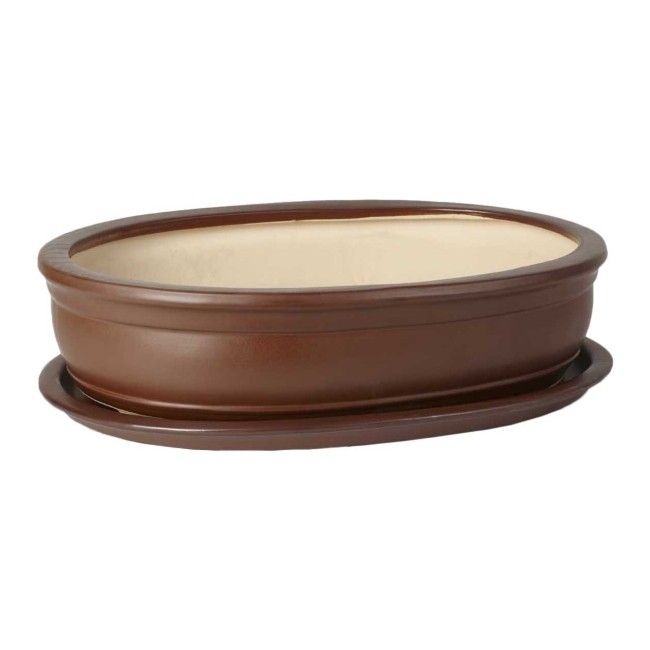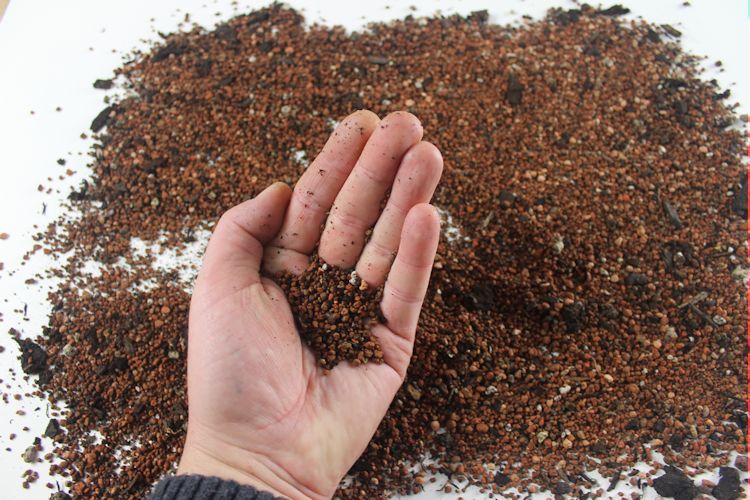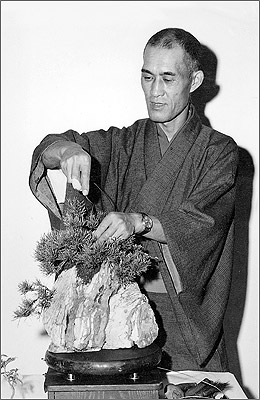
Yoshimura is the second son born to Toshiji Yoshimura. Toshiji (1891-1975) was the world's finest bonsai master and one of the best in the field.suiseki(a traditional genre of Japanese art - a composition of natural stones) in Japan. He is also a co-founder of the Bonsai Society of Japan. Toji's father was a samurai and a famous garden designer. In April 1952, 31-year-old Yoshimura, with the support of German agricultural diplomat Alfred Cohen, first began teaching courses for foreigners on the art of bonsai in Tokyo. Yoshimura disagreed with the established opinion that Europeans could not understand, appreciate and technically master bonsai. His courses quickly gained popularity and within three years he had trained more than 600 people. Among them were mainly foreign gardeners, military personnel and businessmen with their wives.
Yuji Yoshimura was the first to group the variousbonsai stylesinto five main categories. He also systematized the information that had previously been passed down orally, from teacher to student. With the help of his English student, Jovan M. Alford, Yoshimura worked on translating the texts. Empirical information on hundreds of types of plants used for compositions was compiled at the end of the book. In 1957, The Japanese Art of Miniature Trees and Landscapes was published by Charles E. Tuttle Co. of Rutland, Vermont and Tokyo. Although there were several books on bonsai in English at the time, this was the first to provide in-depth theory and practical examples. Anyone who wanted to learnbonsai artIn the first half of the twentieth century, this book was eagerly awaited. Later, the book became known as "The Bonsai Bible in English" and went through 37 editions.
In 1958, Yoshimura was invited to Brooklyn by George Avery, director of the Brooklyn Botanical Garden. Yuji came to the United States with more than a ton of teaching material and six weeks later he taught his first course at the Brooklyn Botanical Garden, called “The Theory and Practice of Bonsai.” This successful course was one of many that Yoshimura taught that year. He lectured on the West Coast and in Hawaii before returning to Longwood Garden near Philadelphia.
In 1962, Yuji Yoshimura spent two months in Australia, where he had a significant impact on the development of bonsai culture. After all, it was just emerging in Australia, and he helped young teachers and students.
In early 1963, Yoshimura and some of his students founded the Bonsai Society of New York. Three years later, it had 555 members, including 339 members in thirty-one states and several abroad.
In 1972, Yoshimura gave lectures in which he spoke of a dream of creating a place for American bonsai enthusiasts to donate or place their plants, knowing that their trees would be cared for and enjoyed by visitors for many years. The newly appointed director of the US National Arboretum, Dr. John L. Critch, was a regular visitor to Ishimura's garden in Tokyo in the early 1950s.
Impressed by the idea of the first bonsai show at the US National Arboretum, Dr. Critch began to implement the idea. Having received support from the government, he began to seek help from long-time acquaintances in the bonsai world. As a result, Critch received a gift of 53 bonsai and 6 suiseki, which became the first in the collection.National Bonsai Museum and Penjing.
He spent many years spreading Yoshimura's philosophy throughout the world and produced outstanding bonsai masters.
In 1982, Yoshimura conducted a teaching tour of India. Also in that year, the National Bonsai Foundation was established. John Nack, Yuji Ishimura, and John L. Critch were elected as advisors to the foundation.
The National Bonsai Foundation created the Yuji Yoshimura Foundation to preserve the spirit and name of this great master for future generations.
Having lived in the West for over 35 years, Yoshimura witnessed first-hand the development of bonsai art in Western culture and its differences from the East. Although most of his students were from the United States, he taught classical bonsai to thousands of people around the world. Undoubtedly, Yuji was a Japanese bonsai master who lived for many years outside his homeland and he is the direct link between classical Japanese bonsai and the progressive Western approach. Yoshimura always encourageduse of local plantsand style enthusiasts all over the world!

